What Is Restaking?
Restaking is a growing narrative focused on capital efficiency, where users can stake the same tokens on the main blockchain and other protocols, securing multiple networks at once. Restaking offers users additional rewards for securing additional protocols, in exchange for undertaking increased slashing risks.
Key Takeaways
-
Restaking lets users stake the same tokens on the main blockchain and other protocols, securing all these networks at once.
-
While this opens up more risk of slashing, restakers receive higher staking rewards for undertaking more risk.
-
Restaking is a resource management approach to decentralized staking pioneered by EigenLayer. Protocols in this sector use Liquid Restaking Tokens (LRT), a flexible version of staked tokens to extract more value from staked tokens in a way that is beneficial for stakers, other networks, and the restaking protocol itself.
-
Restaking is a growing narrative and many projects are exploring the best ways to utilize restaking resources or play a role as a restaking resource provider.
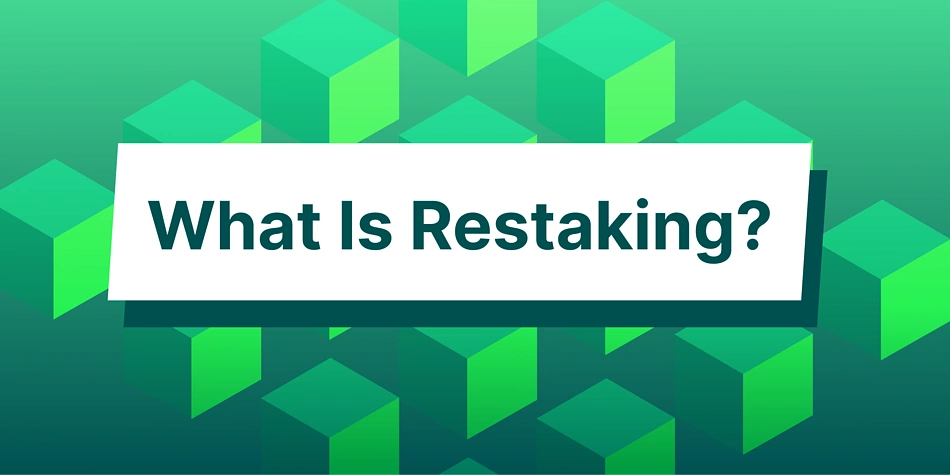
Blockchain security architecture falls into two broad categories: Proof of Work (PoW) or Proof of Stake (PoS). In the case of PoS networks, assets are committed to the network’s security infrastructure through a process known as staking. Stakers lock their assets with a validator node on the network, where the security level of the network depends on the number of active validators, the percentage of the total circulating tokens that are staked, and how these tokens are spread across active validators.
To improve the utility for these staked tokens, which are usually lying dormant, restaking protocols have emerged to put these tokens to use. The best known example of this is EigenLayer, which lets protocols leverage Ethereum’s trust network without needing to establish their own validator sets.
Understanding Restaking
As the name suggests, ‘restaking’ means that an asset is staked again after the initial staking. Restaking makes a staked asset available for staking on another staking program or platform, improving the utility of the staked asset and offering the holder an additional set of rewards (albeit with added slashing risks).
Let’s look at Ethereum as an example. The Ethereum network is one of the most secure PoS networks due to the density of validators and the spread of staked assets across these validators. However, as mentioned above, the staked ETH is lying dormant on Ethereum, which has given rise to liquid staking derivatives, where the staked ETH is turned into liquid staked derivative tokens that can be used in DeFi. Moreover, liquid staking derivatives don’t have minimum staking requirements unlike native staking which requires 32ETH, enabling smaller holders to benefit from staking rewards.
Restaking takes this one step further. Restaking protocols make it possible for other decentralized protocols to utilize staked assets on Ethereum to improve their own security. Validators and assets who are contracted for this purpose are rewarded according to the validator incentivization terms of the renting protocol or platform. The validator and the nominator stakers earn multiple rewards; from the parent Ethereum network and from the network or protocol they are restaked to. Here’s how it works,
How Restaking Works
Restaking lets users stake the same coins on both the main network and other protocols, securing all of these networks at once. There are different types of restaking options available:
Native restaking on EigenLayer is only open to users who operate an Ethereum validator node. Native restaking works via a set of smart contracts that guide the management of assets staked under a validator’s node and the crypto-economic security that restaking protocols offer. Validators who wish to commit their setup to a restaking program will be expected to download and run additional node software required for the restaking module. When this is done, the validators agree to the restaking terms of EigenLayer including an additional slash condition.
Another form of restaking is liquid restaking, which utilizes liquid staking tokens (LST). Here, a staker stakes their assets with a validator and receives a token that represents their stake with the validator. The staker then proceeds to stake the LST on the restaking protocol. At time of writing, liquid restaking deposits on EigenLayer are currently paused.
Once the tokens are deposited with the restaking protocol, users can then explore available dApps to re-stake their tokens. These dApps are known on EigenLayer as Actively Validated Services (AVSs), and can acquire security infrastructure through restaking.
The validator and the nominator stakers in their nodes earn extra rewards, relative to how many extra protocols are being validated. According to EigenLayer, systems that can use such services include data availability layers, new virtual machines, keeper networks, oracle networks, bridges, threshold cryptography schemes, and trusted execution environments. However, at time of writing, these services are not available yet for restaking.
Benefits of Restaking
Restaking turns pooled resources into ‘flexible assets’ that can be rented at will and by diverse systems. This offers several benefits, such as;
Improved Rewards for Stakers
At time of writing, Ethereum offers a 3.6% yield on solo staked assets, while LSTs offer a range of 3.08% to 4.06%. Once this is restaked on a restaking protocol, users will be able to earn additional rewards based on their restaking strategy as they secure additional protocols.
Cold Start Security for New Protocols and Networks
New AVS like data layers and Layer 2 networks face an uphill climb in developing a sufficient security system, especially in the early stages. Restaking enables these protocols to strengthen their security, as they gain access to a larger set of validators. Restaking also presents a cost-efficient way of doing this since the new network will have to worry less about providing the infrastructure for its security system.
Promotes Scalable Security Based on Protocol Needs
With restaking services, a protocol can achieve elastic security, scaling in and out in response to network demands. Thanks to a readily available rental service for security, a protocol can scale up its security during demanding conditions by contracting validators in a restaking protocol, subsequently scaling down when the network returns to normal conditions. Again, this is a cost-effective approach to network security scaling.
Potential Risks of Restaking
Restaking is a novel concept and operates via complicated underlying technology, while this offers several benefits as already discussed, it also poses some risk to the parent network, the renting network, and the stakers as well. Some of these potential risks include;
Slashing
Restaking terms include extra slash conditions in exchange for increased rewards. Depending on the terms set by the protocol, slashing could result in the loss of a significant percentage of assets staked by a validator. Stakers who opt in are committed to following the rules of the contract and will be subjected to the slash penalty if they behave maliciously.
Yield Risks
While the idea of EigenLayer is to enable protocols to leverage Ethereum for security, restakers are incentivized by the reward system of the protocol they are staking their assets with. This means that restakers may opt for protocols with the highest yield to maximize their returns. There is also the concern that investors will view restaking as a quick, easily leveraged financial product, potentially impacting the Layer 1 network.
Impact on the Layer 1 Blockchain
Vitalik Buterin, co-founder of Ethereum, has highlighted one of the risks of restaking, where protocols rely on Ethereum’s social consensus for a fork or re-org in the event of major losses, leading to conflict around which version of the Layer 1 is canonical. As a solution, Sreeram Kannan, founder of EigenLayer, agrees that applications that reuse Ethereum’s validator set should not be bailed out by the Layer 1’s social consensus.
Do not:
— Sreeram Kannan (@sreeramkannan) May 21, 2023
a) don’t build complex financial primitives on restaking - they can spiral out
b) don’t rely on Ethereum to fork for application layer errors - this is a super important principle
c) do not use subjective slashing - as it is subject to tyranny of the dishonest majority
Restaking Protocols to Watch
Restaking is a rising narrative, and holders are exploring restaking opportunities to maximize their yield. Here are some protocols in the restaking space:
EigenLayer: Restaking on Ethereum
EigenLayer enables crypto-economic security on the Ethereum blockchain by designing a middleware that turns staked ETH into commodities that can be rented by other protocols to secure them.
Stakers can commit their native Ethereum tokens or Liquid Staking Tokens (LST) to EigenLayer to offer additional security services to AVSs on the Ethereum blockchain and earn extra rewards from the protocols their assets are restaked to.
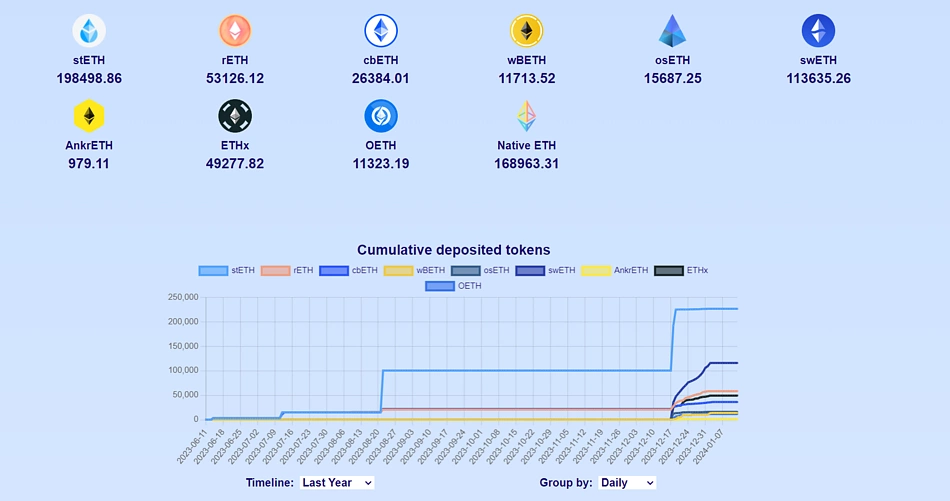
LSTs from yield protocols and validators like Ankr (ankrETH), Binance (wbETH), Origin (oETH), Lido (stETH), and Coinbase (cbETH) can be staked on the Eigenlayer restaking protocol under Liquid Restaking. Validators who opt into the restaking program agree to Eigenlayer’s terms, including additional slashing conditions for validators who default. According to data from Eigenlayer, over 600,000 native and LST ETH are staked on Eigenlayer’s restaking protocol at the time of writing.
At time of writing, there are no services built on EigenLayer for restakers to secure, so restakers currently earn restaked points.
Pendle Finance: Distributing Restaking Yield To Liquidity Providers
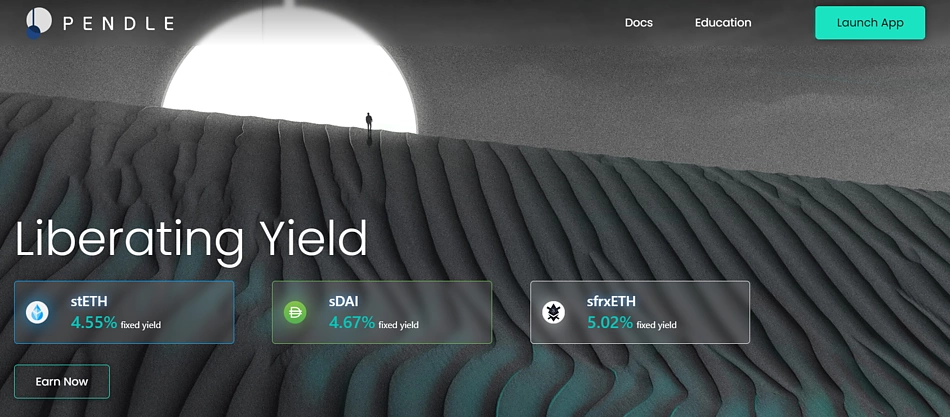
Pendle Finance has been exploring the most effective ways to manage yield. Pendle Finance’s yield tokenization concept splits yield-bearing tokens (PT) and the yield they bear (YT), allowing yield farmers to have more control over the interest they earn. In line with its goal, Pendle Finance is expanding into the restaking sector. From available information, it will be adopting EigenLayer and Eigenlayer’s liquid restaking concept to offer users even more yield.
According to Pendle Finance, this will work in synergy with its yield tokenization concept and with Etherfi’s eETH. ETH will be staked on EtherFi to obtain eETH, a LST (Liquid Staking Token). The Yield Token eETH (YT-eETH) will be restaked to Eigenlayer. The restaked tokens will earn EigenLayer points, Etherfi loyalty points, restaking yield, and Ethereum native yields.
Pendle LPs of eETH will continue earning all the native rewards of eETH:
— Pendle (@pendle_fi) January 10, 2024
☑️ EigenLayer Points
☑️ EtherFi Loyalty Points
☑️ ETH Staking Yield
☑️ Restaking Yield (once live)
With additional yield streams from Pendle on top:
✅ Swap Fees
✅ PENDLE Incentives
✅ PT-eETH Fixed Yield
Renzo Protocol: Strategy Manager for EigenLayer
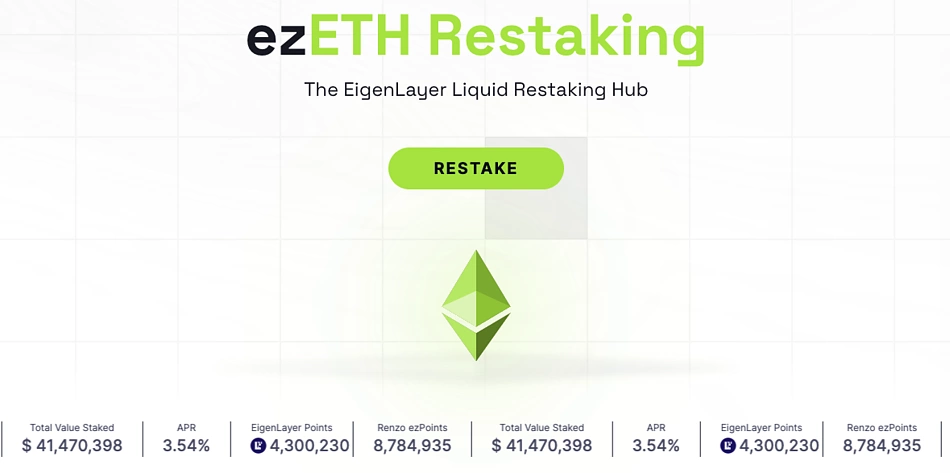
Renzo is a strategy manager for Eigenlayer, where the protocol helps users to manage their restaking strategy on EigenLayer. As every AVS offers a different set of rewards and slashing risks, it becomes increasingly challenging for users to manage their restaking strategies as more AVSs join the network.
Renzo's ezETH is the liquid restaking token that represents a user's restaked position, and users can deposit liquid staking tokens (stETH, rETH, cbETH) in exchange for ezETH. By depositing their liquid staking tokens with Renzo, users can get around the liquid restaking limits on EigenLayer and earn EigenLayer restaking points.
Picasso: Restaking on Solana

Picasso claims to be bringing restaking to the Solana blockchain. Restaking protocols are only available on the Ethereum blockchain at the time of writing thanks to EigenLayer, however, Picasso hopes to deploy a similar solution on the Solana network. The restaking protocol will power the Trustless’ IBC connection as the crypto-economic security will be leveraged by validators on the interoperability protocol.
According to the project, it will adopt an approach similar to what Eigenlayer has done so far with liquid restaking. According to Picasso, LST tokens like Marinade Staked Solana (mSOL) and jitoSOL will be accepted by the restaking contract in addition to native Solana and LP tokens of decentralized exchanges on the network like ORCA. Stakers can commit their asset to the protocol via a portal provided by Trustless and receive extra yields relative to rewards specification by the IBC interoperability protocol.
Final Thoughts
The goal of restaking is simple; more value for stakers and other protocols, including the restaking resource provider itself. Prior to technologies like this, staked assets were locked away and committed to a single cause in a single protocol. Restaking changes this and is in fact, a capital efficient resource management technique. Stakers provide more service with a single stake and earn more rewards for this role, as restaking protocols turn staked assets into flexible assets that can be committed to other rewarding ventures. For PoS-staked assets, restaking pursues improved security across multiple protocols by making the PoS security layer a ‘commodity’. This is in the sense that other protocols and networks can borrow this facility to develop or reinforce their security. As this idea continues to be improved, we could see even more exciting use cases for staked assets via restaking protocols.
That being said, it is important to understand the mechanics of any restaking protocol and how these basics affect you as a staker. Stakers should also understand that this concept is still in its early stages and that the narrative is still in development. Also, note that this article should not be taken as financial advice. Before investing in any protocol, always do your own research and ensure you understand the risks associated with them.

Joel is deeply interested in the technologies behind cryptocurrencies and blockchain networks. In his over 7 years of involvement in the space, he helps startups build a stronger internet presence through written content. Follow the author on Twitter @agboifesinachi




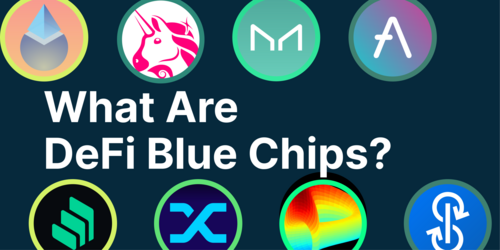




 Or check it out in the app stores
Or check it out in the app stores